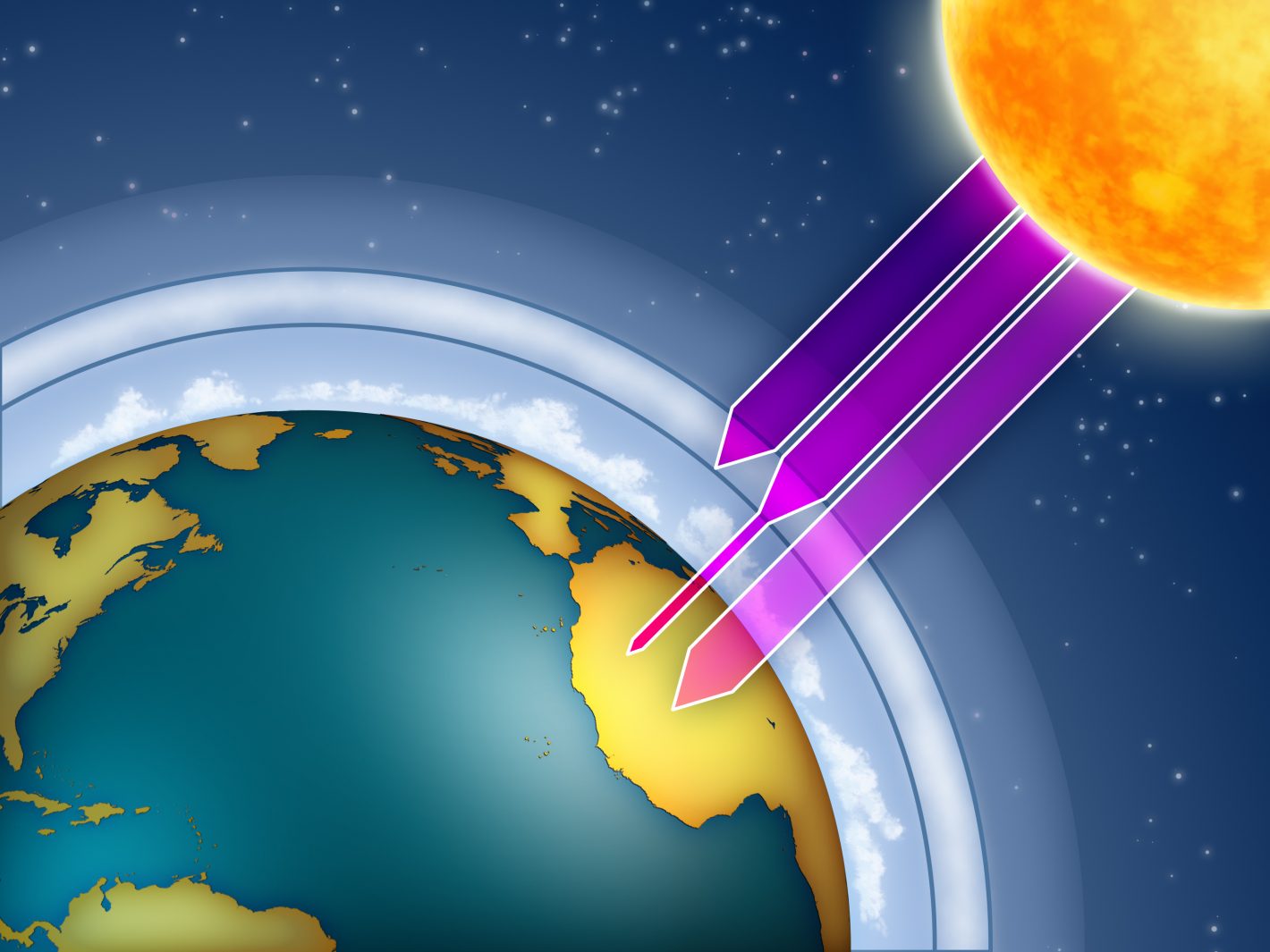Refrigerant for Old AC Units was Just Banned! Do YOU Need to Buy New?
Home >

The ban on using ozone-depleting refrigerant in older air conditioning systems has officially begun, which means the cost of servicing and maintaining these systems is going to rise for homeowners. If your AC system is more than ten years old, then this article is for you!
A Brief History of the R-22 Phase-Out
The U.S. government has been phasing out the use of R-22—often referred to as “freon”—since 2010 because it’s a hydrochlorofluorocarbon (HCFC), a chemical that depletes the Earth’s protective ozone layer and contributes to climate change. R-22 is used in most older air conditioning equipment.
As of January 1st, 2020, the EPA has banned the manufacture of new equipment that contains R-22, and the servicing of these systems will rely exclusively on recycled or stockpiled quantities. As supplies of R-22 diminish, the cost of service will rise whenever homeowners need this refrigerant for their home air conditioning systems. This is especially relevant for homeowners with an air conditioning system that’s ten years old or more since they most likely use this banned refrigerant rather than more earth-friendly refrigerants such as R-410A.
The bottom line is that homeowners will need to make informed choices about AC replacement, service, and repair.
The lengthy phaseout period that began in 2010 was designed to give homeowners time to replace old, inefficient, or ineffective equipment, but that time is now coming to an end. The stratospheric ozone layer shields the Earth from the sun’s harmful ultraviolet radiation, but the emissions of certain synthetic chemicals—including CFCs, halons, and HCFCs—destroy the ozone layer and have created an “ozone hole” over the South Pole.
Through the Montreal Protocol on Substances that Deplete the Ozone Layer, the United States committed to a collaborative, international effort to regulate and phase out ozone-depleting substances in a way that allows businesses and homeowners to reasonably adapt. The current strategy for HCFCs is similar to the one used to phase out CFCs and halons in the mid 90’s.
Timeline of the R-22 Phase-out
January 1, 2010
- Ban on production, import and use of HCFC-22 and HCFC-142b, except for continuing servicing needs of existing equipment
January 1, 2015
- Ban on production, import, and use of all HCFCs, except for continuing servicing needs of refrigeration equipment
January 1, 2020
- Ban on remaining production and import of HCFC-22 and HCFC-142b. After 2020, the servicing of systems with R-22 will rely on recycled or stockpiled quantities. (This is where we’re at now.)
January 1, 2030
- Ban on remaining production and import of all HCFCs
What kind of AC refrigerant do you have?
It’s easy to check your equipment. The type of refrigerant is often identified on a nameplate on the air conditioning unit or in the owner’s manual. Or, if the manufacturer and the model number are easy to find, calling the manufacturer or checking their website could do the trick.
Availability and Cost of R-22 Refrigerant
It’s important to know that in 2020, R-22 will no longer be produced or imported; however, it’s the production not the use of R-22 that’s being phased out. Homeowners aren’t required to stop using R-22 air conditioners or replace existing equipment.
The lengthy phase-out period that began in 2010 was designed to allow homeowners to switch to ozone-friendly refrigerant systems when it’s time to replace an older air conditioning system, but that time has now come to an end. From now on, only recovered, recycled, or reclaimed supplies of R-22 will be available.
Servicing Current Systems with R-22
If you’re not ready to replace your current air conditioning system (or even if you are), one of the most important things you can do is properly maintain your unit:
- Annual system checks and routine maintenance minimize potential environmental damage and maintenance costs, extending the life of your system.
- Use reliable HVAC contractors with technicians who have EPA Section 608 certification, which allows them to service equipment containing R-22.
- Request that service technicians locate and repair leaks instead of “topping off” leaking systems. This protects the ozone layer and saves money by optimizing the performance of existing equipment.
Homeowners also ought to be aware that it’s illegal to release any refrigerant when making repairs intentionally, and that HVAC Technicians must use refrigerant recovery equipment during service.
What kind of refrigerant will a new air conditioning system use?
The most common alternative to R-22 is R-410A, a non-ozone-depleting HFC refrigerant blend. R-410A is manufactured and sold under various trade names, including GENTRON AZ-20®, SUVA® 410A, and PURON®. The EPA reviews alternative refrigerants and maintains a list of acceptable substitutes for household and light commercial air conditioning.
Buying a New Air Conditioner

New AC Systems can reduce energy bills by 20%-40%. These high-efficiency systems save money, have fewer breakdowns, and help save the planet. There are other excellent reasons to buy a new air conditioner in 2020, aside from the obvious reason that the EPA has prohibited the manufacture of new air conditioning systems that use R-22:
- Energy efficiency rebates can save homeowners thousands on new AC systems.
- They’re better for the environment.
- Homeowners can avoid increasing service costs.
- Central air conditioners with the ENERGY STAR® label are least 14% more efficient than a standard new system and can save on cooling bills.
- ENERGY STAR® qualified systems are available for alternative (R-410A) systems.
Homeowners would also be wise to consider other factors when it comes to purchasing a new unit:
- Energy efficiency
- Performance
- Reliability
- Cost
- Refrigerant used (R-22 price increases as supplies decrease)
- Seasonal Energy Efficiency Ratio (SEER)
Seasonal Energy Efficiency Ratio (SEER) is a major factor to consider in a buying decision. SEER is the measure of how energy efficient a system is, and the higher the SEER rating, the more efficient a system will be.
To learn more about SEER, read SEER: The Term Every Homeowner Should Know and The Truth About SEER.
Do you have an old air conditioning unit? Contact Us today to start planning your replacement needs and learn how to save thousands on a new air conditioning unit with energy efficiency rebates. Or, give us a call at [phone].
We look forward to hearing from you!
Sources:
https://www.epa.gov/ods-phaseout/accelerated-phaseout-class-i-ozone-depleting-substances
https://www.epa.gov/ods-phaseout/purchasing-and-repairing-home-air-conditioners-or-heat-pumps
https://www.epa.gov/ods-phaseout/homeowners-and-consumers-frequently-asked-questions
http://www.hvacrbusiness.com/epa-R-22-phase-out-what-contractors-need-to-know.html
https://www.epa.gov/ods-phaseout/homeowners-and-consumers-frequently-asked-questions
https://www.epa.gov/ods-phaseout
CONTACT US TODAY



As Seen & Heard On







Reach Out to Our Team for More Details
Feel free to call Sanford Temperature Control or fill out the online form for more information. You may also get in touch with our team to schedule an appointment. We look forward to hearing from you.

